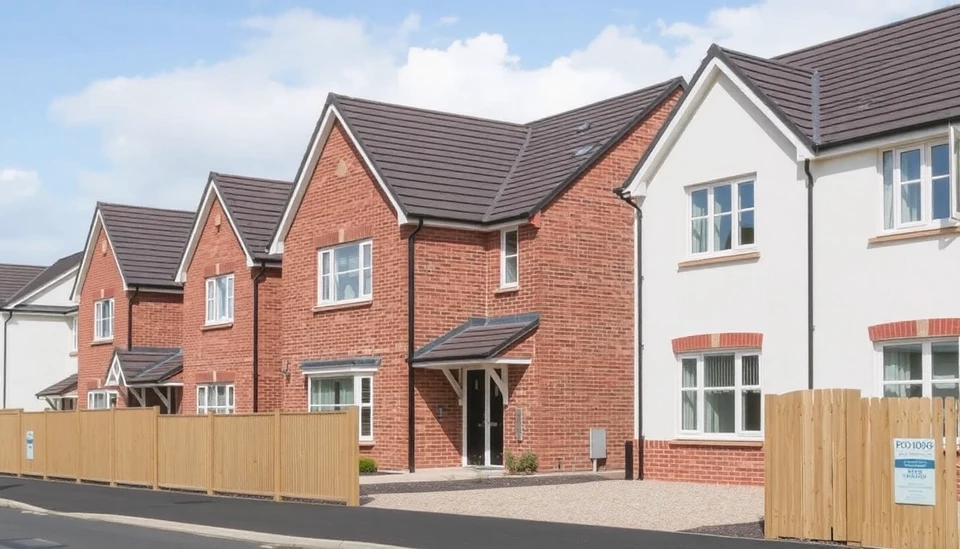
In a surprising turn of events, the U.S. housing market is showing resilience as existing home sales experienced a notable increase in November. This surge comes despite ongoing challenges posed by elevated mortgage rates, showcasing a shift in buyer sentiment and an adaptation to current market conditions.
According to the National Association of Realtors (NAR), existing home sales rose by 4.8% in November, marking an annualized rate of 5.10 million units. This uptick follows two consecutive months of declining sales and indicates a growing confidence among buyers who are beginning to settle into the reality of sustained high mortgage costs. Typically hovering around 7% in recent months, the mortgage rates have not deterred potential homeowners, leading to an unexpected recovery in sales volumes.
Economists and market analysts point out that lower home prices and increasing inventory levels appear to be enticing buyers back to the market. The median existing home price fell to $375,700 in November, reflecting a decrease from earlier this year. This price decline, combined with a modest increase in available homes for sale, has given buyers more options and leverage in negotiations, fostering a sense of optimism.
The sales rebound is particularly pronounced amongst first-time homebuyers, who have historically been more sensitive to interest rate changes. These buyers are showing renewed interest as they take advantage of falling prices amidst a competitive market landscape. The NAR reported that first-time buyers accounted for approximately 28% of total sales in November, demonstrating that affordability challenges have begun to ease somewhat as housing prices stabilize.
Despite the positive news, challenges remain within the housing sector. Many real estate professionals caution that the high interest rates are still a significant hurdle for prospective buyers, creating a barrier for some who are unable to adjust their budgets adequately. Additionally, ongoing economic uncertainties and inflation pressures could dampen long-term market recovery prospects, leaving many analysts to watch the trend closely.
In contrast, the rental market continues to show robust activity as increased home prices and high mortgage rates prompt many potential buyers to seek alternative living arrangements. Rental demand has surged, leading to rising rents in many metropolitan areas, which some forecasts suggest could influence future home purchase decisions.
Overall, while the U.S. housing market may still face hurdles, the recent growth in existing home sales signifies a potential turning point. Buyers’ ability to adapt to higher mortgage rates and shifting market dynamics will be key in determining whether this trend can be sustained into the coming months.
As we head into the new year, the housing market remains a focal point for economists and potential homeowners alike, keeping everyone eager to see how this will develop.
#HousingMarket #HomeSales #MortgageRates #RealEstate #Economy #HomeBuying #MarketTrends
Author: Laura Mitchell




